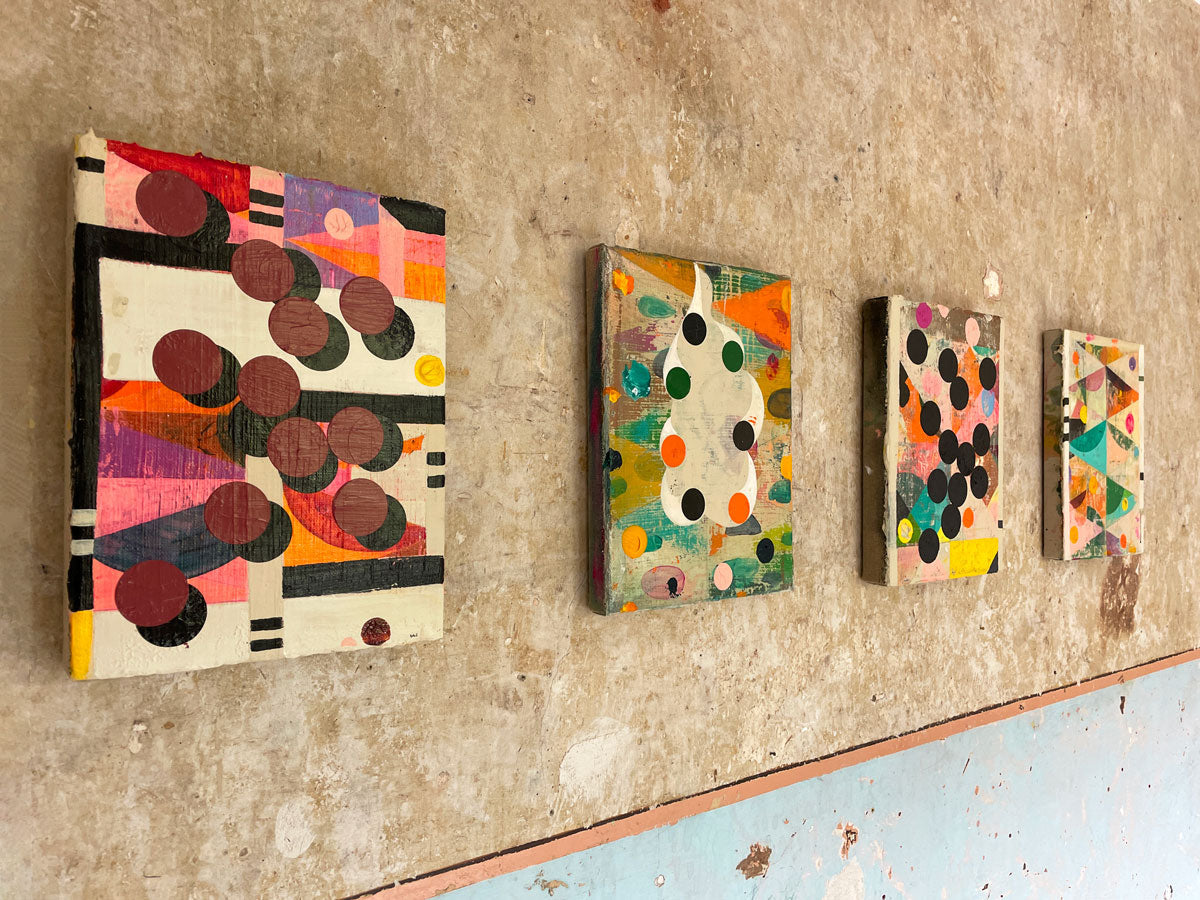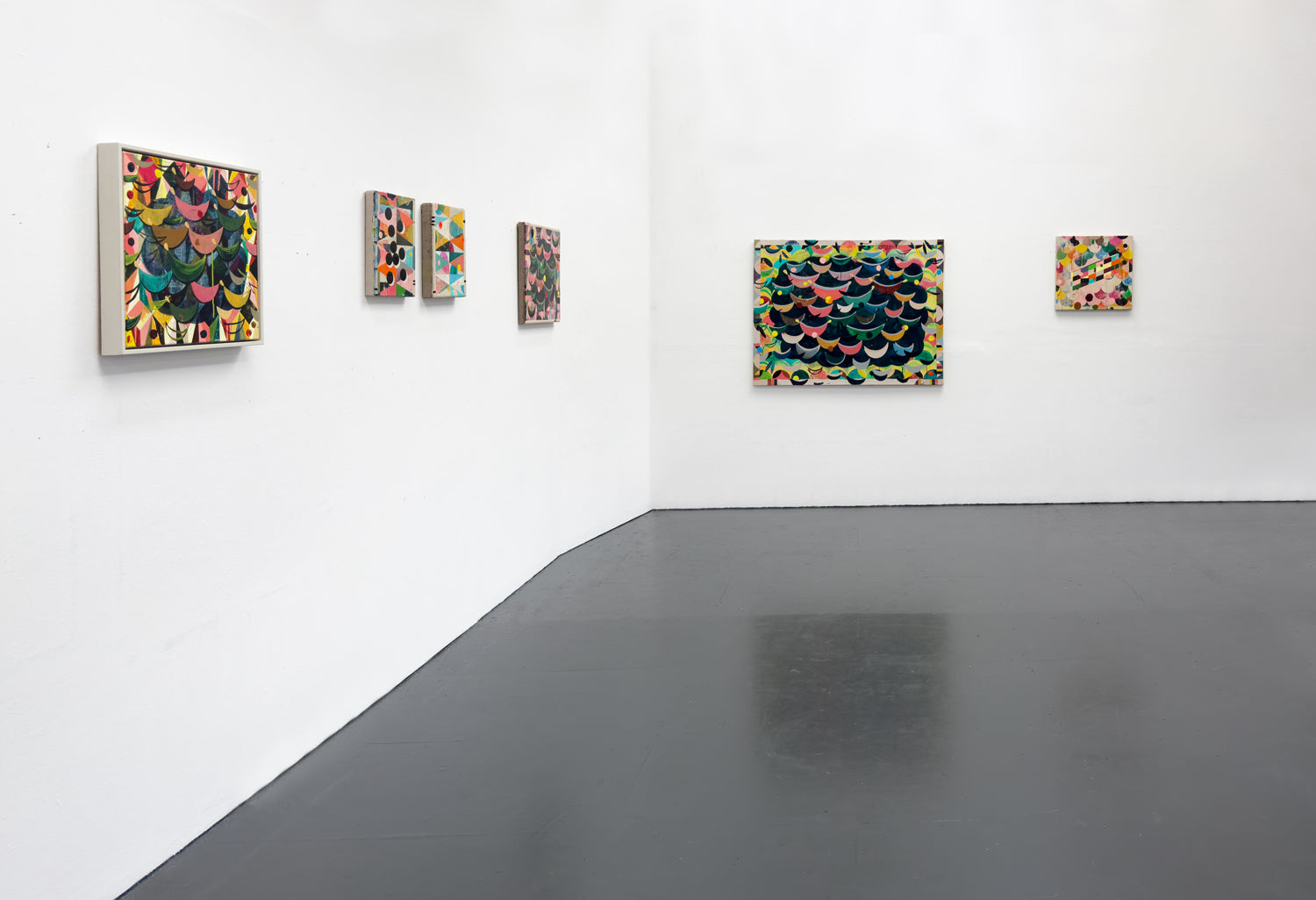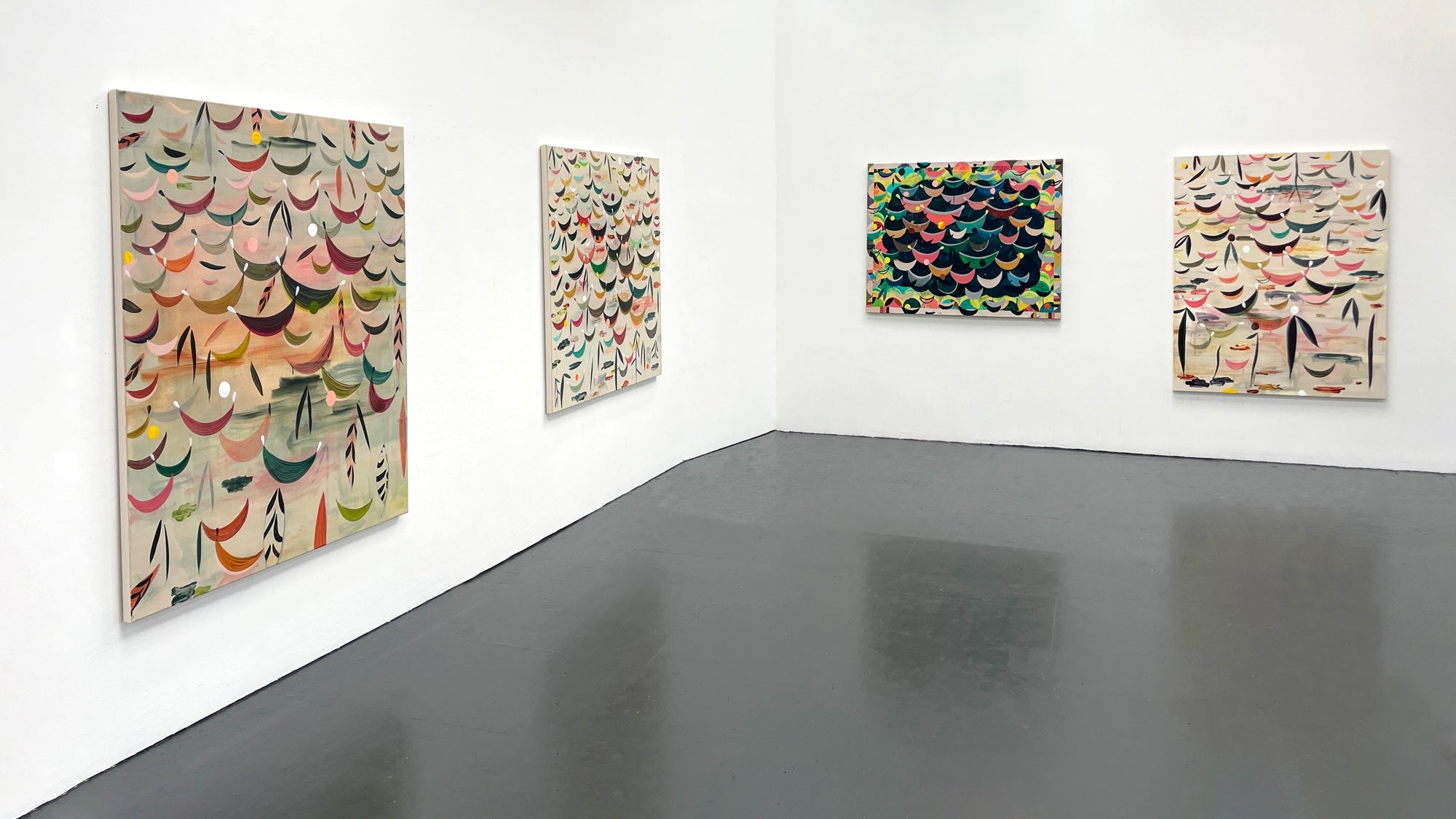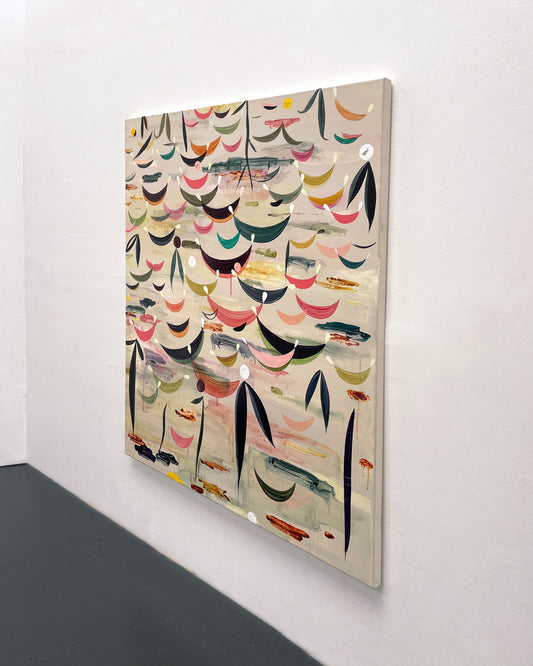
Works on Canvas

Works on Canvas

Works on Canvas

Works on Canvas

Works on Canvas
J U L I A N
B R O W N
-

 Sold out
Sold outJulian Brown: The Shallows
Regular price From £6,000.00 GBPRegular priceUnit price / per -
Julian Brown: Yantai Lagoon
Regular price From £5,400.00 GBPRegular priceUnit price / per
Primarily Julian Brown’s paintings on canvas explore the interaction between surface quality and colour, and his commitment to the preparation of surface takes on an almost ritualistic dimension. Rarely making preliminarily sketches, and mixing his colours directly onto the canvas, Brown finds his way intuitively into the paintings, speaking a fluent visual language nurtured over years of practice.
Experimenting with the viscidity and opacity of the paint, he creates an almost watery layering effect, through which historical marks glimmer under the liquid surface. This is accented by textural mark-making and signature gestural motifs that stem from a painting made by his Polish mother in the late 1950s. The painting depicts docked sailboats, and stirs memories of Brown’s own visit to the port city of Gdańsk, where his mother lived before fleeing Poland during World War II. He imagines these painterly gestures as relics from the past that have washed up on the shore of the canvas.




